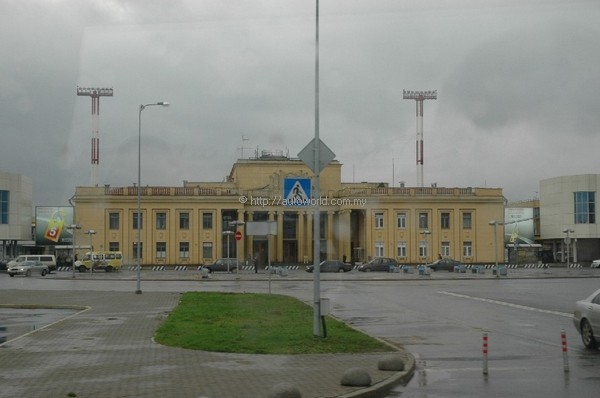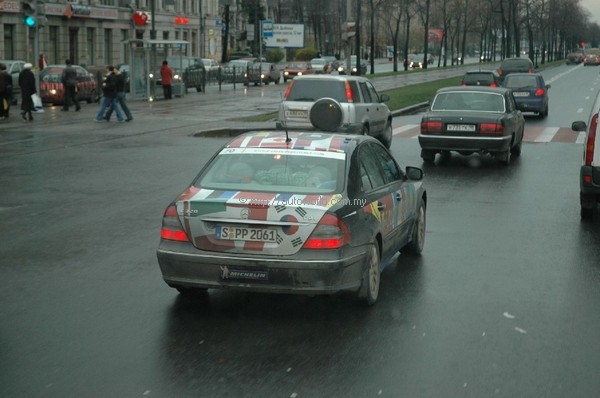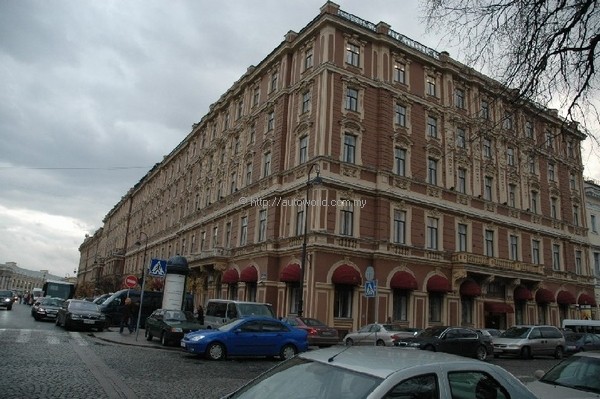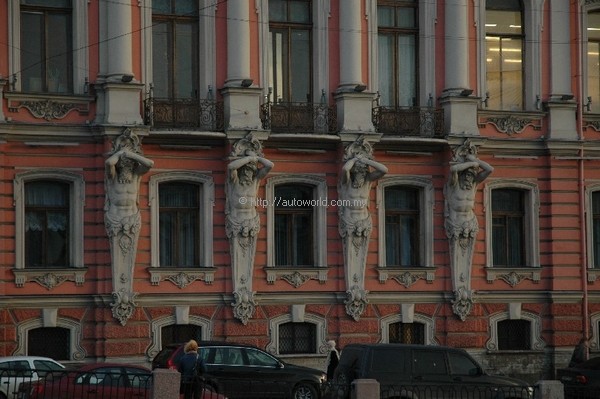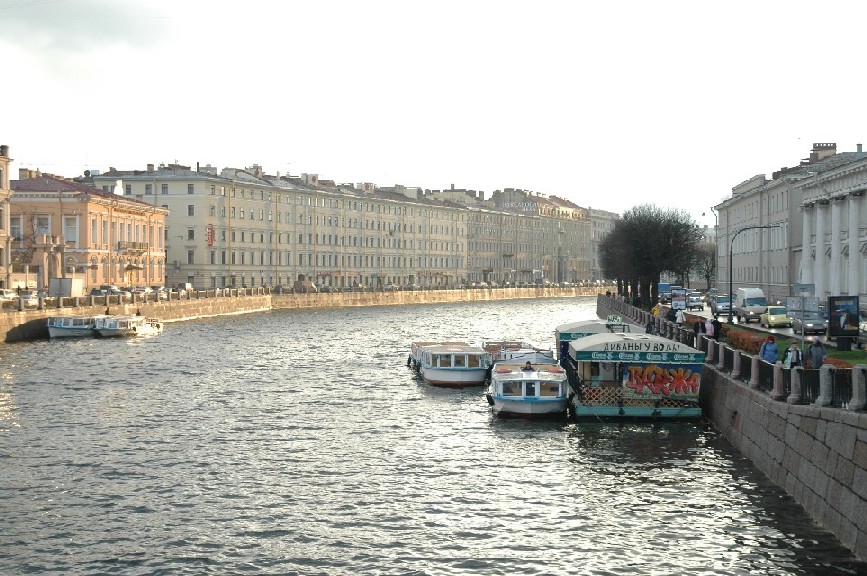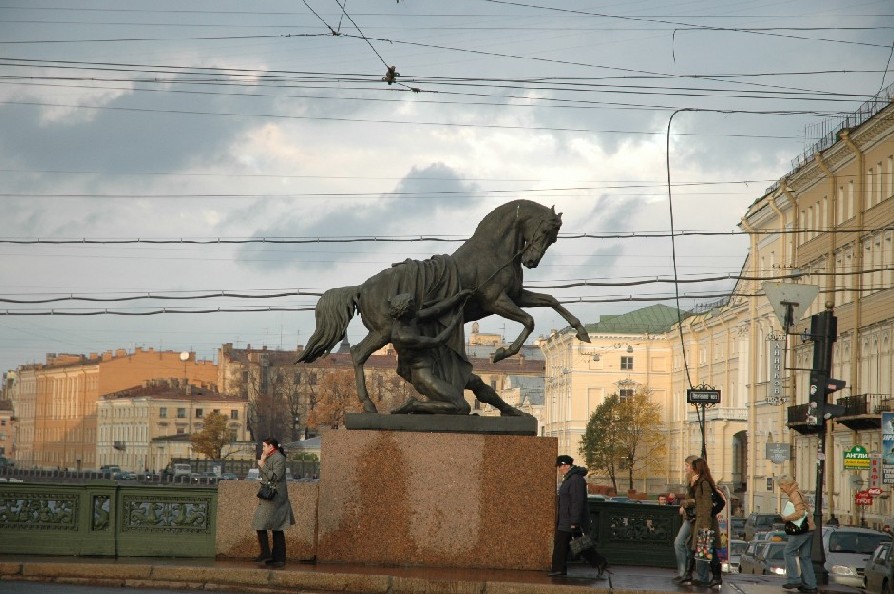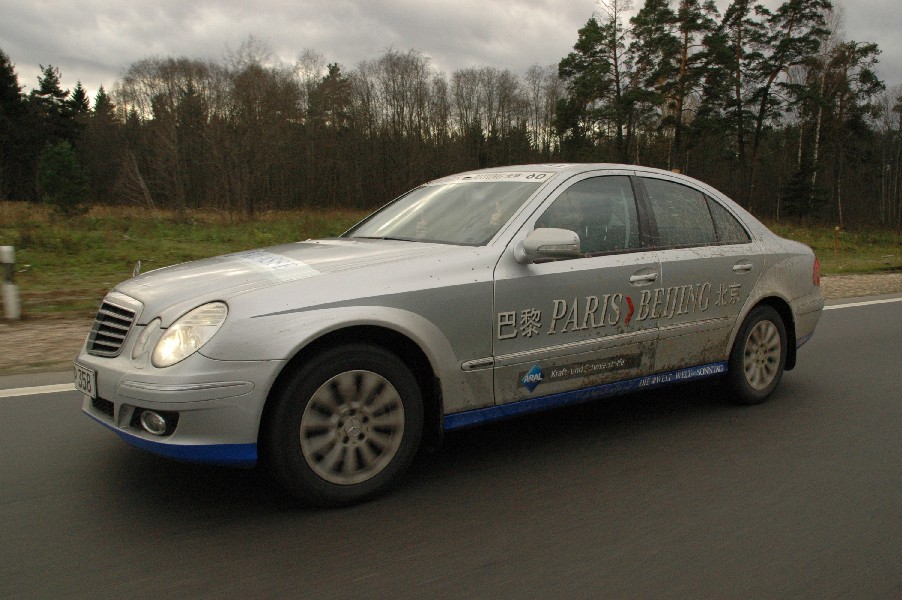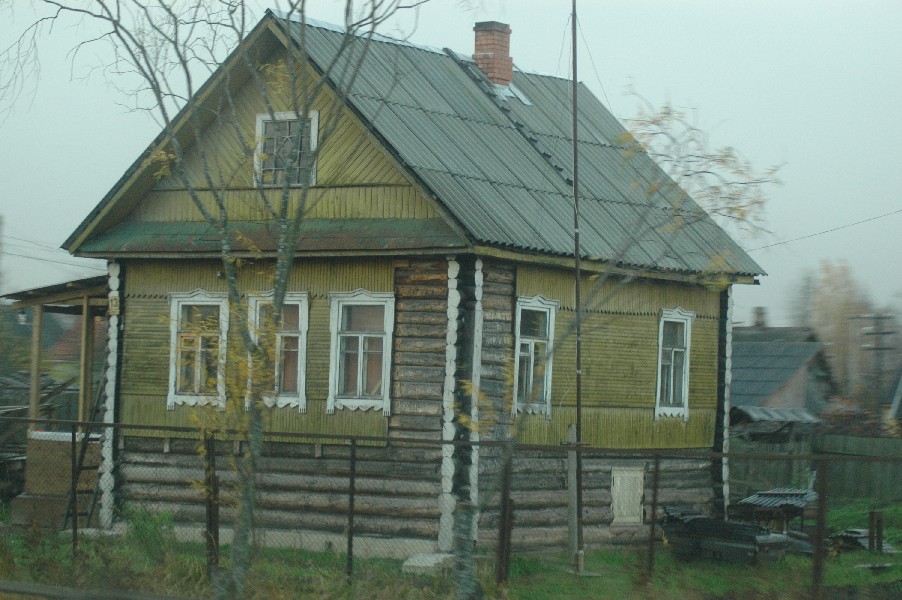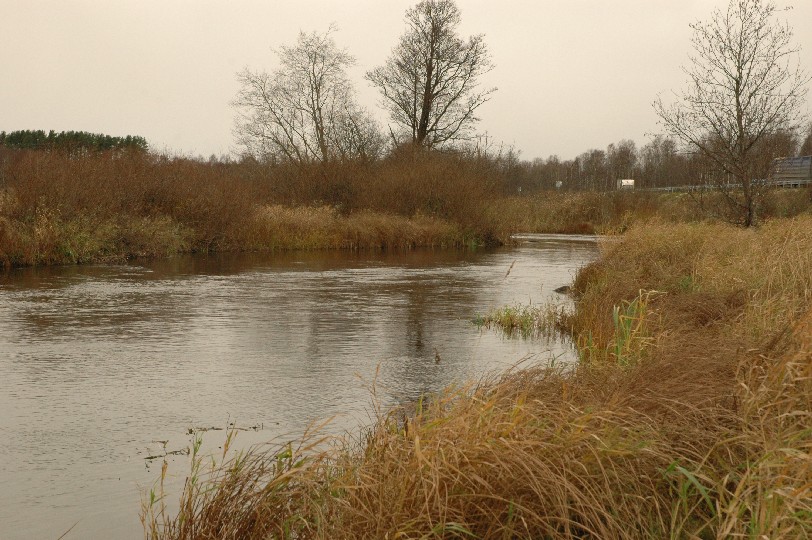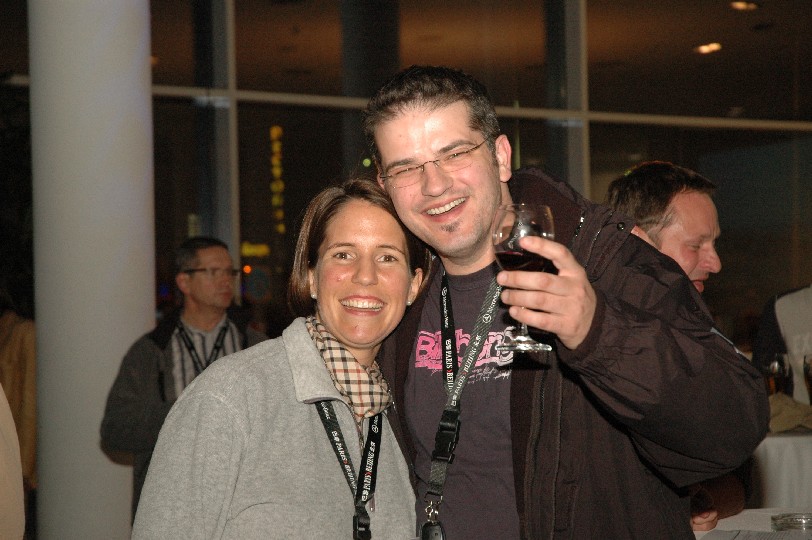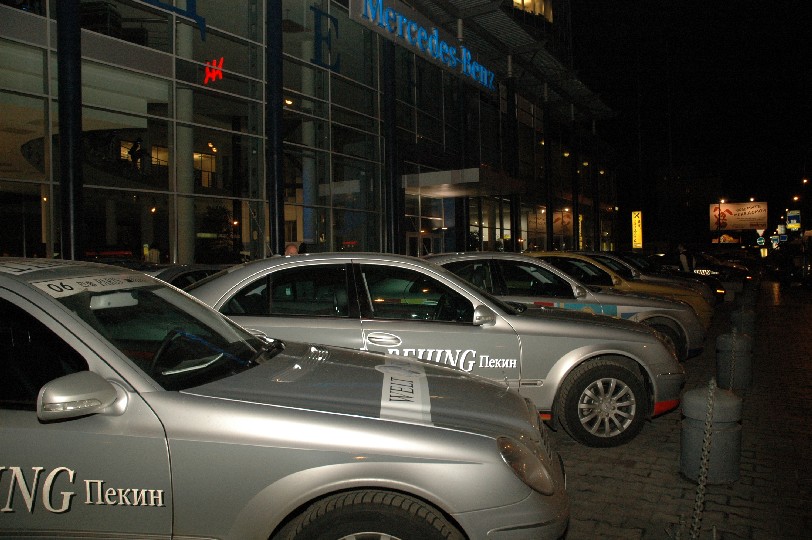Paris-Beijing E-Class Experience- Day 1 of Leg II
Saturday, 28 October 2006 – St Petersburg – Having arrived the previous day at 4.00 pm at the Grand Europe Hotel in the middle of St. Petersburg, my drive partner, Pradeep Paul from Singapore and I had an hour after freshening up to explore the city around the vicinity of the hotel.
St. Petersburg was founded early in the 18th century by Peter the Great, the Czar of Russia, who, at that time, decided it would be a great idea to build a new capital for himself. The site of the city was smack in the middle of a marshland, so he set about digging a whole lot of canals to drain the marsh, and as a result, the St. Petersburg you see today has more than 400 bridges, built in order to get around the city. Bridge architects find the city fascinating, as there are many different designs, which they can study. In so far as cities in Europe go, St Petersburg is considered a ‘young’ city, having only a 300-year history compared to other cities, some of which date back to the beginning of the modern calendar. Currently, the city has a population of 10 million people.
Although ‘young’, St Petersburg has a 300-year old history, and in its time, its name has been changed to Petrograd, and Leningrad. After the collapse of the Soviet Union, the citizens voted to use its original name. We walked about a kilometer from the hotel, and I think the buildings are beautiful. There are some modern buildings, but it is the huge old buildings that impress. They stand out majestically, and the walls are adorned with beautiful and artistic carvings; looking at them is like taking a walk through time. One can only imagine how, centuries ago, some rich lord or businessman must have planned and built these massive structures and how many masons and artistes it must have taken to make their dreams a reality, not to mention the vast fortunes each one must have cost.
I expected that Pradeep and I would be the subject of countless stares from the locals, but to our surprise, there were many tourists, people of many colours, including Orientals and other dark skinned people who like us were sightseeing in the city. In the last few years, the Russian economy has been booming, posting a 6 percent growth consistently. The car industry too has grown in leaps and bounds. The Japanese and Korean makes have a strong presence. Mercedes-Benz and BMW are all over the place. It is rumoured that Russia has the highest absolute number of billionaires, especially in the cities. According to a report by the head of DaimlerChrysler Russia, in the year 2006, foreign cars have outstripped the sales of local cars, and many of them are setting up plants in Russia. DaimlerChrysler’s sales in Russia are mostly E-Class and S-Class models, plus the M-Class.
DaimlerChrysler Russia hosted a gala dinner that night, and we had the opportunity to meet up with the first group of guests who had driven the 3,500 kilometres from Paris to St Petersburg. In a simple but very long winded ceremony, we went up in pairs to meet the respective pairs of drivers for the hand over of the keys to the cars. We got car No. 35, and E-Class 320 CDI driven by two Thai journalists, who were accompanied by the retired head of DaimlerChrysler Thailand, Karl Heinz Ruminegar. Karl will be covering the entire 13,600 kilometres from Paris to Beijing as the ‘nursemaid’ to the journalists in each leg. The drivers include 10 guests who had taken part in internet competitions organized by E-bay and DaimlerChrysler. These are ordinary people who have won themselves the chance of a lifetime to be a part of this historic drive.
So it was a wake-up call at 6.00 am on Saturday, 28th of October, a quick breakfast, and a packed lunch, before we were whisked off to the cars, all of which were parked in the centre of the city. The scheduled time of start was 8.00 am in the morning. It was freezing cold, with the temperature at 2 degrees Celsius. The Russian winter tarts in November and ends in March, and we heard that there would be snow in the days to come. It was still dark even at 8.30 am, but even then, the streets were quite packed with cars, although it was a Saturday.
Getting out of town was relatively easy, the organizers having supplied us with a set of tulips, and a Garmin GPS unit mounted inside the cars. We also had CB radios, but these were only to be used to listen for instructions, if any, and only in a case of dire emergency were we to call. Once out of the city, we found the roads getting rougher and rougher. We covered 720 kilometres on Day 1; it was tarmac all the way, but traffic was heavy, and the fact that it rained for most of the day did not help matters any.
We had been told that the Russian authorities were very strict; the speed limit on highways is 110, but every now and then, we passed through villages (there are seldom any large towns), and although there are no speed limits posted in most places, the rule was that you had to slow down to 60 km/hr, or you would get stopped. Along the way, there are also many police stations, and these stations, situated just beside the road, had cameras to record every vehicle that passed. There was also a rule that one had to drive past each station at ‘walking’ pace (probably to make sure one’s picture is recorded), and if you look suspicious, you will be stopped. Speed traps were common, and we had been told by the drivers in Leg 1 of many occasions in which they had been stopped for exceeding the speed limit. Fines are paid on the spot, in amount ranging from 50 to 500 Rubles (the exchange rate is about 8 Rubles to a ringgit).
Toilets are few and far apart, and after we stopped at one, we decided to find alternatives instead. Believe me, you don’t want to go anywhere near one. The Malaysian toilets along our highways are rose gardens compared to what we saw in Russia.
Once out of town, you can see that the people are not as well off as the city folk. Houses are generally run down, and you can see that the people are very poor. I saw people with one or two buckets of potatoes, standing in the extreme cold on the roadside, hoping to sell the potatoes to passers by. How much can you expect to make from a small bucket of potatoes, I wonder.
Anyway, after a long and tiring journey that lasted 10 hours, we finally ended up at the Mercedes head office in Moscow. Fortunately, it is located conveniently on the approach road from St. Petersburg into Moscow. After an interesting reception and dinner at the showroom, we were taken by coach to a the Kempinski Hotel, a very luxurious and expensive-looking establishment, right across the road from the Kremlin.




